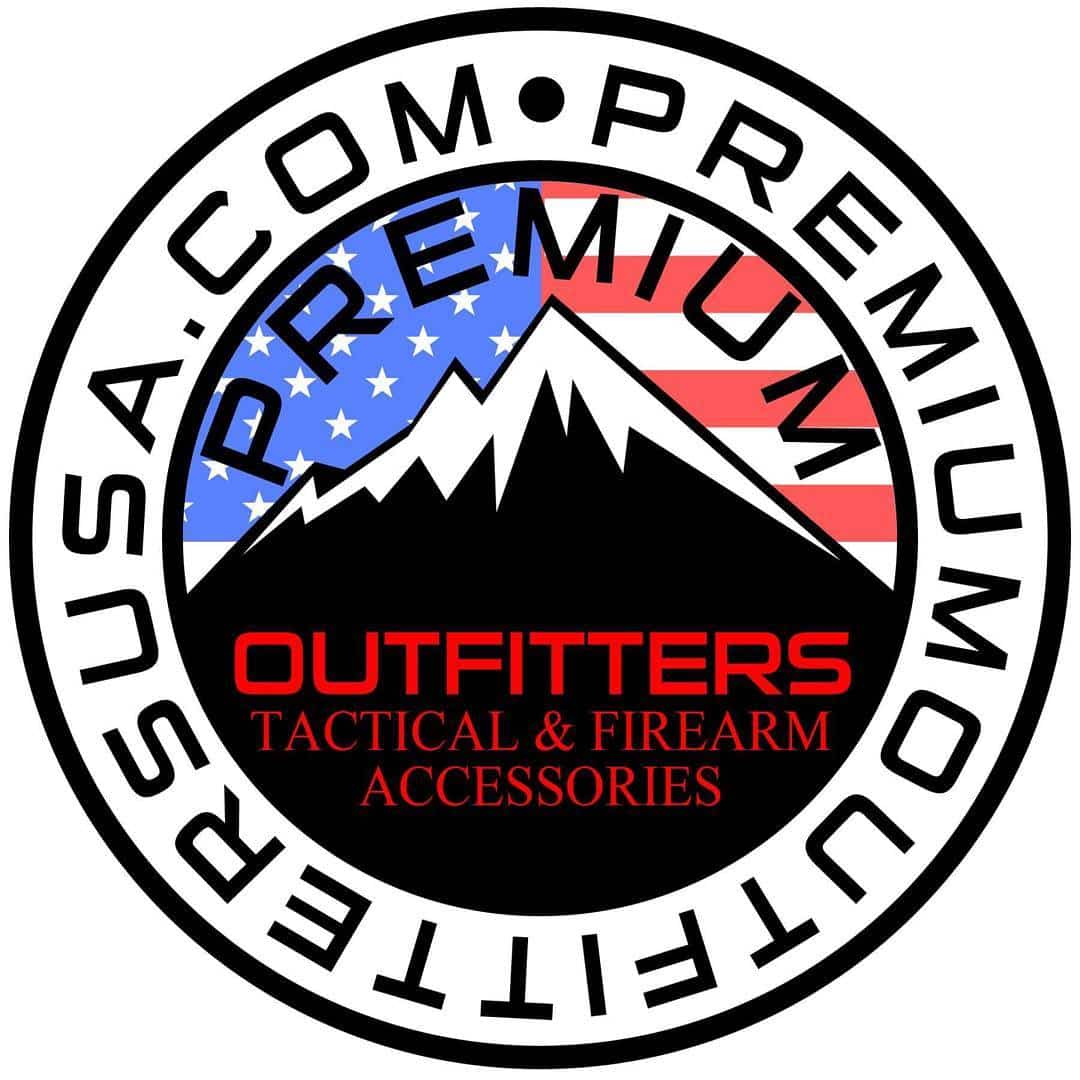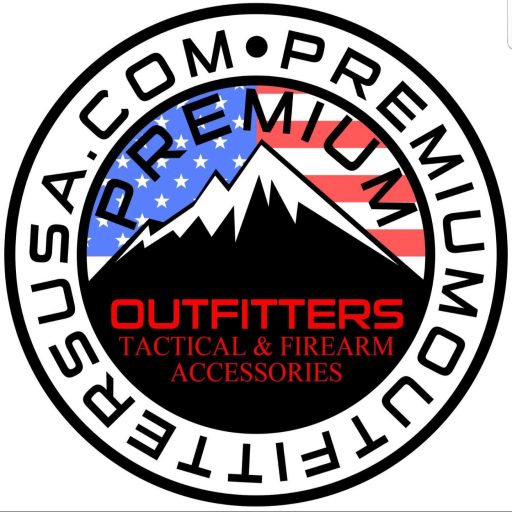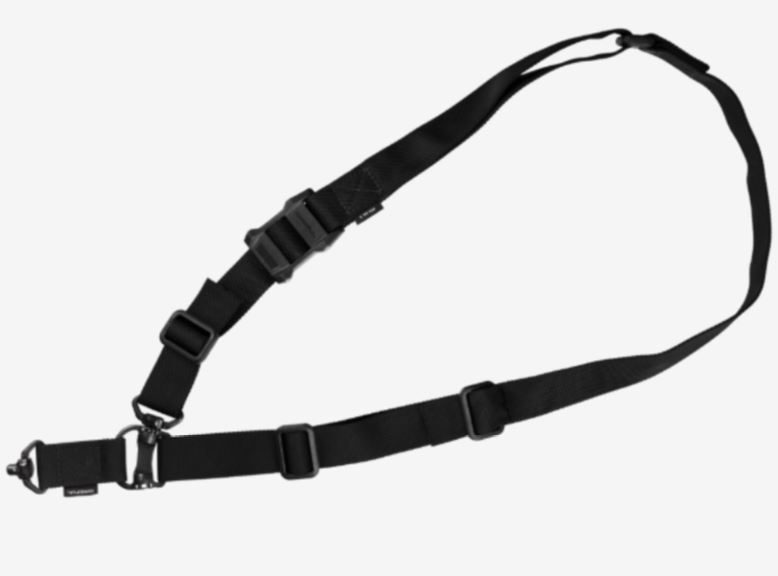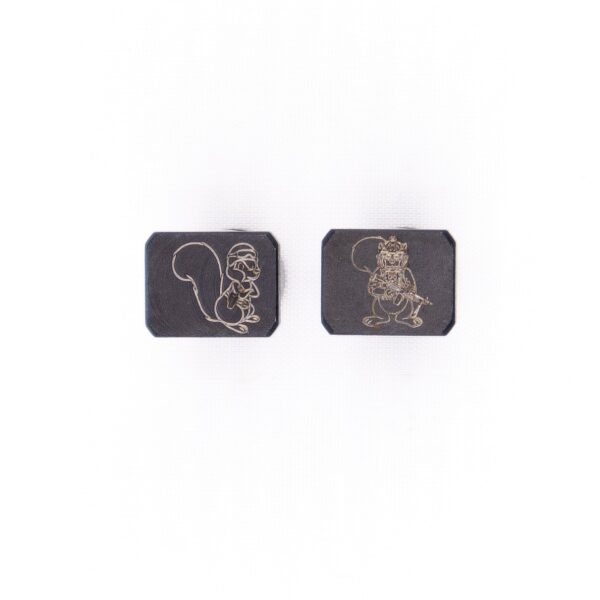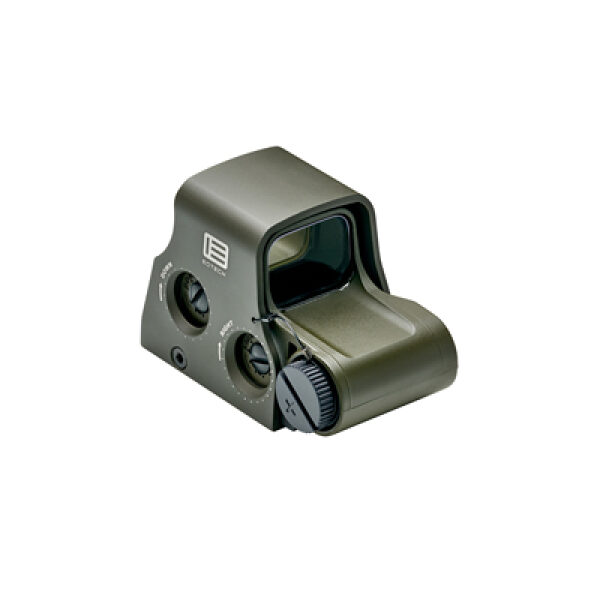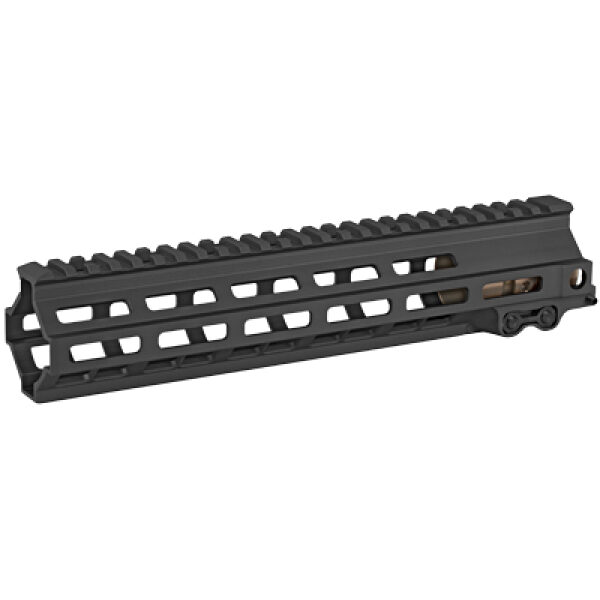A rifle sling is an important tool for any serious shooter, and it can be used in a variety of ways. It can help you control your weapon, keep it steady when shooting from awkward positions, or aid in carrying the weapon over long distances. The most common way to use a gun sling is as a shoulder strap, which we’ll discuss first.
However, a gun sling can also be used as a neck strap, a quick-release belt loop accessory, a rifle butt cuff, forearm support for a pistol grip stock, and even as a loop sling.
In this article, we’ll discuss how to attach your rifle sling to your weapon. Even if you don’t yet own a rifle sling, you can probably make use of at least one of the alternative uses listed above.
Situations That Call For a Gun Sling
Anyone who spends time outdoors knows how important it is to be prepared for various situations. Some shooters use their gun sling when they’re hunting, but it can also come in handy if you find yourself hiking over rough terrain or if your firearm needs to be easily accessible in case of an emergency. In any situation where you want the ability to move freely, a rifle sling is a worthwhile investment.
We’ll be covering how to attach a rifle sling as a shoulder strap, but if you want to make carrying your gun easier there are several other ways you can do this, which we’ll also briefly discuss.
Neck Strap
You can use a gun sling as a neck strap when you’re looking for a way to keep your firearm close at hand. The sling can also help distribute the weight of your gun across both shoulders if you have to carry it for an extended period. If you are hunting, you can switch between the neck strap and shoulder strap by simply loosening or tightening the tension on the sling.
Quick Release Belt Loop
To make your gun sling easier to carry at all times, you can attach it to your belt loop using a quick-release mechanism. This is great if you don’t want to have to use one hand just to hold on to your gun while you’re walking through the woods.
Loop Sling
A loop sling turns your rifle into a stalking aid. To use it, you need to place the midpoint of your gun sling under your trigger hand arm as you hold onto the fore-end. If you’d rather not hold onto the forestock for any reason, you can also drape it over your arm or back instead.
Forearm Support
If your weapon has a pistol grip, you can use it as forearm support by inserting it between the grip and the fore-end of your rifle. This provides additional stability when trying to make an extremely accurate shot.
Hunting Rifle Sling Attachment Instructions as a Shoulder Strap
The type of rifle sling you get depends on your needs, but the basic premise is the same. The sling should be wide enough to support the weight of your weapon (if necessary) and it should attach very securely. Ideally, you’ll want to make sure that it has some padding so that the pressure is distributed evenly.
Wrap the sling around your torso and put your hand through one of the loops, just like you would with a normal belt loop on pants. Pull it tight, then do up any buckles or clasps that are necessary to keep it secure. Make sure there’s enough slack that you can still move around, but not so much that it drops below your waist.
Gun Sling Attachment as a Neck Strap
The only difference between using your rifle sling as a neck strap and using it as a shoulder strap is the position where you attach the sling to your weapon. Instead of attaching it at the rear, you will attach it to the fore-end of your firearm near the front.
Wrap the sling around your neck, then pull the rear strap through the loop in front so there’s enough room for you to fit one hand through. Adjust all of the fasteners so that it sits securely on your shoulder and you’ll be ready to go.
Forearm Support
Stabilizing your gun as forearm support is a very simple process, but it can be difficult to do if you’ve never done it before. Some tips will come in handy for first-time users of this sling attachment technique.
Hold the fore-end of your rifle with one hand, then spread the loop of your gun sling so it slides over your other hand. The base of the loop should be on top, with the strap pointing downwards onto your forearm.
If you need to get a better grip on your firearm, slip one of your hands through both loops before doing up the fastener. This allows you to hold onto either side and keep a steady aim.
Quick Release Belt Loop
To make your rifle sling into a quick-release belt loop, you will need to attach two carabiners in front and then in the back of your gun’s barrel or fore-end. Make sure the fasteners are secure before attaching them to your belt loops using either another set of quick releases or regular clips.
Rifle Sling Detachment as a Shoulder Strap or Neck Strap
To detach your rifle sling, simply undo the fasteners and pull the strap-free. If you want to carry it like a shoulder strap, put one hand through it and adjust it until it’s secure and comfortable. To use it as a neck strap, drape it over your shoulder before putting it on.
Rifle Sling Attachment for Hunting or Target Shooting
The type of rifle sling you get depends on your needs, but the basic premise is the same. The sling should be wide enough to support the weight of your weapon (if necessary) and it should attach very securely. Ideally, you’ll want to make sure that it has some padding so that the pressure is distributed evenly.
Wrap the sling around your torso and put your hand through one of the loops, just like you would with a normal belt loop on pants. Pull it tight, then do up any buckles or clasps that are necessary to keep it secure. Make sure there’s enough slack that you can still move around, but not so much that it drops below your waist.
What to Do if You Don’t Have Swivels on Your Rifle Sling
Swivels are important for the attachment of a rifle sling, but you might not have them if your weapon is an older model. If this is the case, you can either buy an accessory like swivel studs or make your own. To make your own, drill two holes near the front and rear of your firearm’s barrel, then screw in a couple of bolts. Make sure the holes are big enough for your straps to fit through and you should be all set.
How to Tell If You’re Using a Good Sling
If your gun is properly supported by the sling, it should be able to stand up on its own. If it’s hanging at an awkward angle and you need to hold onto it, then there might be a problem with how tight or loose the fasteners are. If you’re trying out a new rifle sling and the gun seems very heavy, try loosening the fasteners before you give up on it.
How to Choose a Rifle Sling
A rifle sling is an essential accessory for your weapon, but it’s so often overlooked. Instead of purchasing the first one you see or picking up something cheaply made at a local store, do some research online and buy something that will last. If you’re not sure what type of strap to pick out, you can always ask a professional for advice.
When purchasing a rifle sling, make sure to look for these specifications:
- When purchasing a rifle sling, make sure to look for these specifications:
- The ability to bear weight (if necessary)
- Strong stitching and fasteners
- A comfortable fit when in use
- The ability to detach or attach as a shoulder strap
- Durability and reliability
At Premium Outfitters, we offer a variety of different rifle slings, including swivel studs and quick-release belt loops. Want to figure out which one is the best for you? Check out our shop today!
